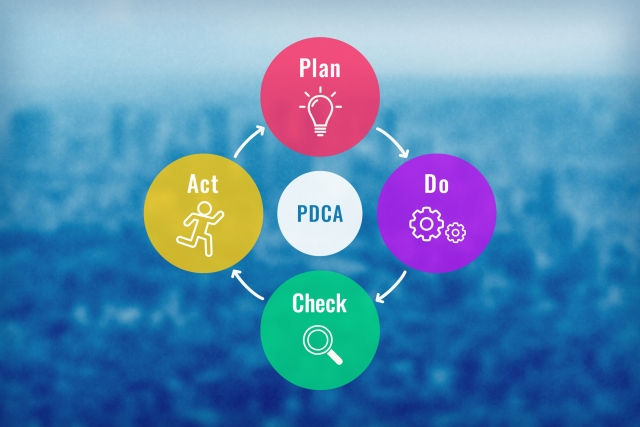Beyond the Giants (25)
- murakami26

- Nov 16, 2022
- 3 min read
Conditions for survival in the manufacturing industry in VUCA era
Satoru Murakami CEO Goal-System consultants Inc.,
Evolution of "three realism" -LAMDA cycle
Last time, I introduced the "three realism" that should be called the origin of Toyota's "KAIZEN". This time, let's see how that "three realism" has evolved within the Toyota Group.
Mr. Ohno's disciples make full use of the "three realism", one of which is the application of the three realism to the field of product development. This approach has been studied by Dr. Allen Ward, an assistant professor at the Department of Mechanical Engineering, University of Michigan, and has become popular as a lean development method.
According to Dr. Ward's research, the PDCA cycle of Toyota and its affiliated parts makers is very different from that of general companies. In a typical company, the ratio of D is much larger than that of P, while in Toyota PDCA, P accounts for more than half, D is very small, and time is also devoted to C and A. In other words, with PDCA in Europe and the United States, instead of carefully considering the P stage, just a little consideration will suddenly jump to the solution and concentrate on the D execution stage.
The LAMDA cycle is a pattern of what to do in detail by dividing P and C into four, aiming to be able to do PDCA like Toyota is practicing. The first step in LAMDA, Look (observing), is to go to the site and observe the actual product, prototype, and problem occurrence with your own eyes. This is exactly the "three realism", and it is based on using your own five senses to come into contact with reality in the field, not on assumptions in the conference room or someone's report. Of course, it also includes collecting information by all means such as photography, data collection, and interviews.
The second step, Ask, is to ask, "Who knows about this?" And "What is the root cause of this?" Who knows about this, it is to think about where the reusable knowledge accumulated in the past is and where the experts on this issue are. The important thing in problem solving is that if someone has already solved this problem in the past, it is wasteful to solve the same problem again, so make full use of the available knowledge. Only when we know that we do not have the accumulated knowledge will we be wondering "what is the root cause of this problem".
The third step, Model, is to visualize and "visualize" the mental model that was obtained in the mind at the previous Ask stage. Whether it's a hand-drawn figure or a clay model of clay, it's important to first make it visible.
The fourth step, Discus, discusses with the people concerned with a "visualization model" that makes it possible to visually understand the problems obtained in the previous Model step. Stakeholders are decision makers (eg bosses) who are affected by the measures (designers of other subsystems and production engineers), and experts who have a deep knowledge of this issue. Become. By gathering and discussing people from various perspectives in this way, it is possible to select the best countermeasures for the problem and gain the understanding of the parties concerned in advance.
In the final Act step, you don't act suddenly, but first make a solid plan based on the plan decided in the previous phase and then start the action.


Comments